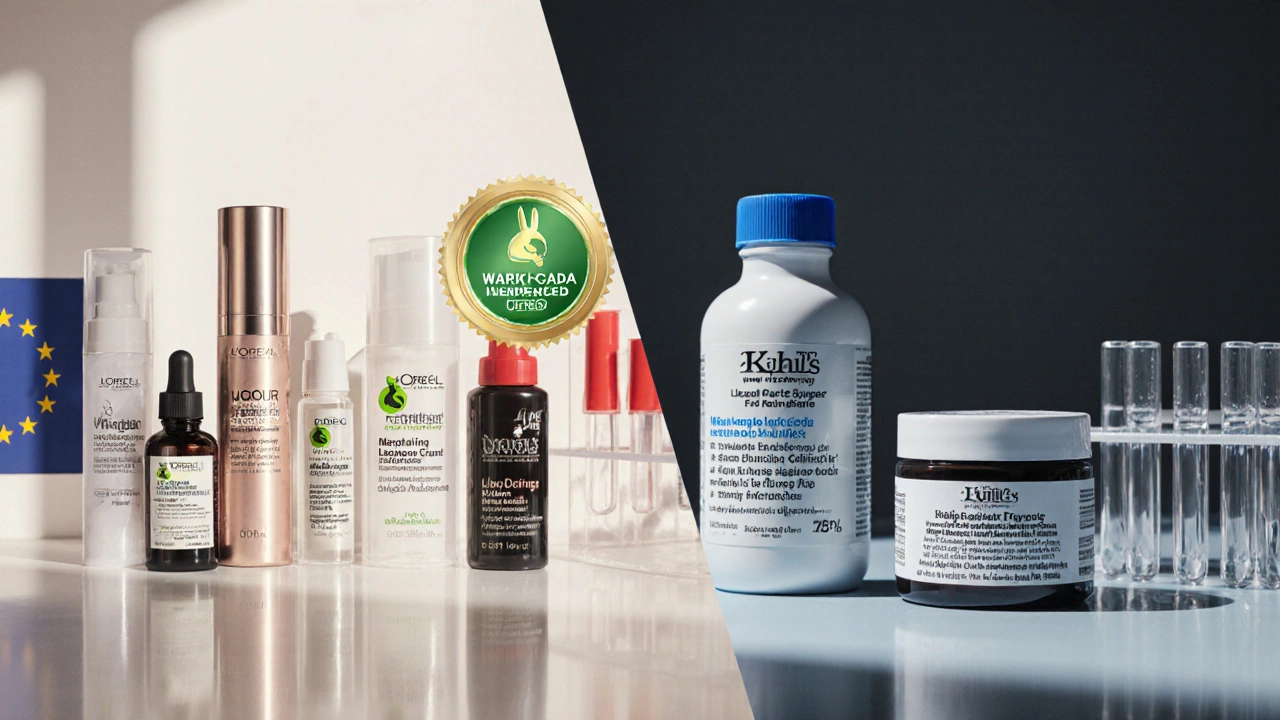Cosmetics Testing Policies: What You Need to Know
When considering cosmetics testing policies, the set of rules and standards that determine how beauty products are evaluated for safety and ethical concerns. Also known as beauty product testing regulations, they shape what ends up on store shelves and influence consumer trust. If you’ve ever checked a label for a cruelty‑free claim, you’re already seeing these policies in action.
One of the most talked‑about aspects is animal testing, the practice of using live animals to assess product safety. Though many brands pledge “no animal testing,” the reality depends on the jurisdiction they operate in. In the United States, the FDA does not require animal testing for cosmetics, but it does not ban it either. The European Union, on the other hand, has a blanket ban that forces companies to adopt alternative methods. This split creates a patchwork of compliance that brands must navigate.
Enter cruelty‑free certification, an independent verification that a product and its ingredients were not tested on animals. Logos like Leaping Bunny or the Certified Vegan seal act as shortcuts for shoppers who care about ethics. However, a certification’s credibility hinges on the underlying testing policies of the market. A product might be cruelty‑free in the EU but still subject to animal testing for export to regions without bans.
Key Players and Their Roles
Regulatory bodies such as the Food and Drug Administration (FDA), the U.S. agency overseeing cosmetic safety and the European Chemicals Agency (ECHA) dictate the baseline requirements for product safety. Their guidelines influence everything from ingredient listings to labeling claims. In addition, organizations like the International Cooperation on Cosmetics Regulation (ICCR) work to harmonize standards across borders, making it easier for brands to meet multiple policies with a single formulation.
Beyond legislation, the rise of alternative testing methods, techniques such as in‑vitro cell cultures, computer‑modeled simulations, and 3‑D skin models, is reshaping the landscape. These methods can satisfy safety requirements without harming animals, and they’re gaining acceptance from both regulators and consumers. Companies that invest early in alternatives often earn a competitive edge and can market their products as truly cruelty‑free.
These entities don’t exist in isolation. Cosmetics testing policies encompass animal testing rules, dictate certification standards, require compliance from regulatory agencies, and encourage the adoption of alternative methods. When a brand decides to go cruelty‑free, it must align its formulation, supply chain, and marketing with the policies set by each authority. Likewise, a change in policy—like the EU’s 2023 amendment allowing non‑animal safety data for certain categories—directly impacts how brands approach product development.
For the everyday shopper, understanding this web helps separate hype from reality. When you see a cruelty‑free badge, ask which certification backs it and whether the product’s market respects the same testing ban. If you’re a brand owner, map your supply chain against the relevant policies to avoid costly reformulations later. And if you’re curious about the future, keep an eye on emerging alternatives, because they often become the new regulatory baseline.
Below you’ll find a curated collection of articles that dig deeper into each of these angles—brand case studies, policy updates, and practical tips for navigating the complex world of cosmetics testing policies. Dive in to see how the rules shape the products you love and what you can do to make more informed, ethical choices.
L'Oreal Animal Testing: Is the Brand Truly Cruelty‑Free?
Discover if L'Oreal tests on animals, learn about its cruelty‑free policies, global regulations, and how to choose truly animal‑free makeup.

 Hair Care
Hair Care